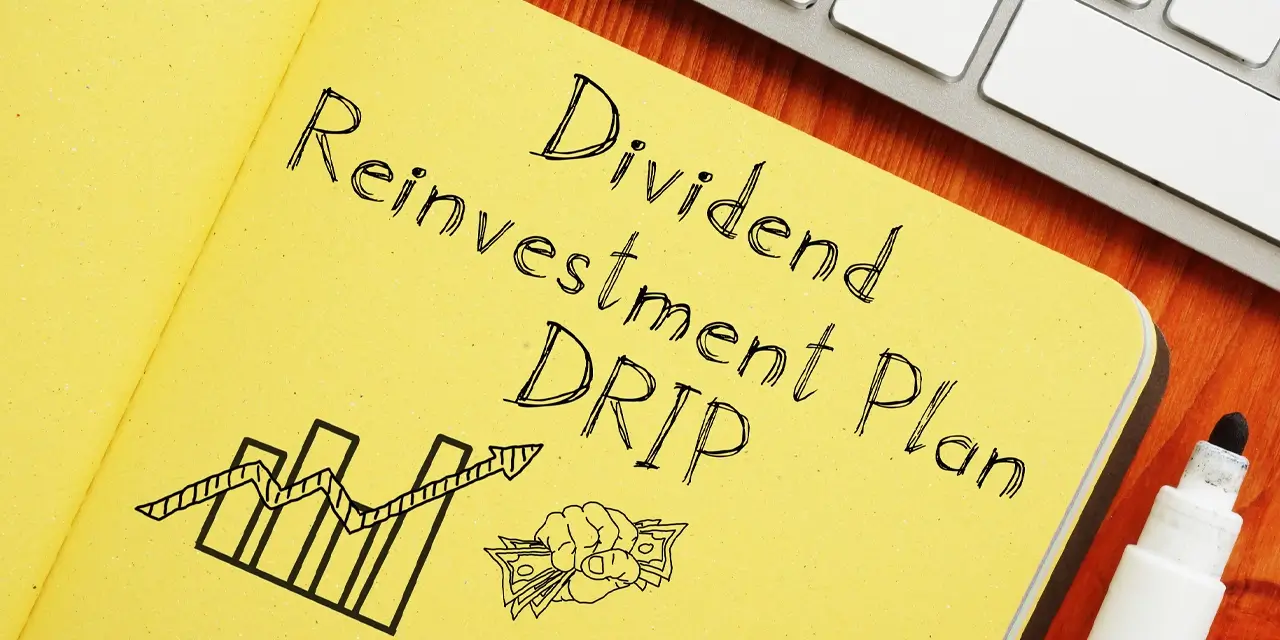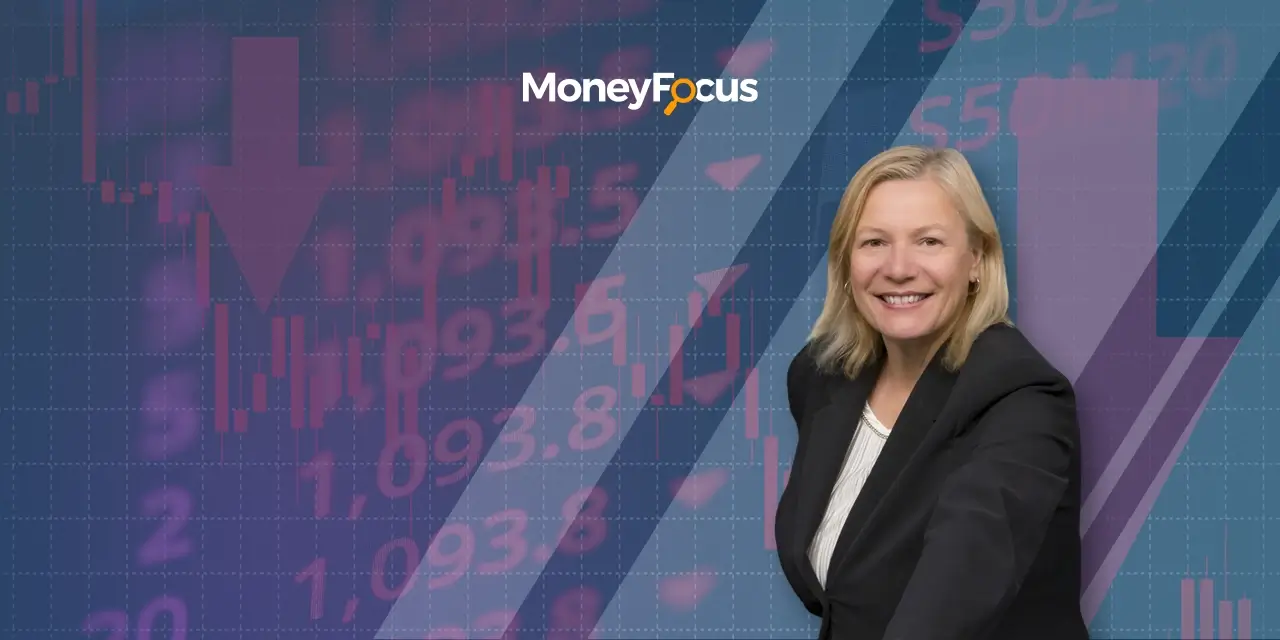DRIP is a practical way to grow your investments as your distributions will stay in the market, rather than being taken out as cash. You also save on trading fees. Investors may opt into the DRIP program through their financial advisor or by contacting their brokerage firm.
What is DRIP Investing?
Harvest ETFs that pay a monthly distribution are set up for Distribution Reinvestment Program (DRIP). A DRIP reinvests cash distributions (dividends) paid to unitholders by an ETF into that same ETF. DRIP investing is a popular investment strategy for Canadians that allows investors to reinvest their ETF cash distributions in a cost-effective manner. DRIPs are distribution reinvestment plans that allow investors to receive additional ETF units in the place of cash distributions. To enroll in DRIP, you need to contact your brokerage and ask to set up DRIP on any specific ETF.
The Benefits of Investing Using DRIP
DRIP investing has become increasingly popular among Canadian investors due to its many benefits. Here are the main benefits of investing in DRIP:
Automatic distribution reinvestment
DRIPs allow investors to automatically reinvest their cash distributions once the DRIP is activated to increase their holdings monthly going forward with a single one-time set-up and to take advantage of dollar cost averaging over time.
Low transaction costs and no sales commissions
DRIPs can help investors save on transaction costs, as they pay minimal indirect transactional fees (the ETF bares the cost of the DRIP program) and no sales commissions direct to their broker on the reinvested distributions (dividends). This can be especially beneficial for long-term investors who want to minimize their expenses.
The Power of Compounding
DRIPs can help investors benefit from the power of compounding. By reinvesting their distributions, investors can earn additional units, which can then generate more distributions.
Let’s use a generic example to demonstrate the mechanics of a DRIP that power compounding. In this case, you just bought 1,000 units of an equity income ETF for $10 each, totaling $10,000, and that hypothetical ETF pays an annualized yield of 8.5% in monthly distributions.
In January, you would receive $70.83 in income which, in a DRIP plan, would be added to your principal investment for a total of $10,070.83.
That means your February income is $71.34, and your principal is worth $10,142.17.
March income is then $71.84 bringing the principal to $10,214.01.
April income is then $72.35 and your principal at the end of the quarter is worth $10,286.45.
At the end of the year this hypothetical investment in a static market would be worth $10,883.91 thanks to the income yield compounded via DRIP. After ten years it would be worth 23,326.47. After 20 it would be worth $54,412.43
Formula: A = P x (1 + r/n)nt
A = final amount after t years
P = principal investment (initial value)
R = annual interest rate
N = number of times the interest is compounded per year (12 for monthly)
T = number of years
| Month | Income | Principal | Total Principal |
| January | $70.83 | $10,000.00 | $10,070.83 |
| February | $71.34 | $10,070.83 | $10,142.17 |
| March | $71.84 | $10,142.17 | $10,214.01 |
| April | $72.35 | $10,214.01 | $10,286.36 |
| May | … | … | … |
| June | … | … | … |
| July | … | … | … |
| August | … | … | … |
| September | … | … | … |
| October | … | … | … |
| November | … | … | … |
| December | … | … | … |
| Year-End | … | … | $10,883.91 |
| 10 Years | … | … | $23,326.47 |
| 20 Years | … | … | $54,412.43 |
Please note that the ellipses (…) in the table represent the continuation of the calculation for subsequent months. This table demonstrates the compounding effect of reinvesting dividends through a DRIP program over the course of a year and beyond, assuming an annualized yield of 8.5% with monthly distributions.
The example provided aligns with the principles of compounding in a DRIP program. Just remember that actual market conditions, taxes, fees, and other factors can impact investment outcomes.
That is the power of compounding, and over a long enough time horizon it turns into greater wealth.
Things to Consider when starting DRIP investing
When considering signing up for DRIP in Canada, there are several important factors to keep in mind. These considerations can help you make informed decisions and maximize the benefits of your investment. Here are some key things to consider:
Eligibility and Enrolment
Check the eligibility requirements for participating in DRIPs in your investment account. Contact your brokerage directly to enroll in the DRIP program. Ensure you understand the enrollment process and any associated fees not mentioned above or restrictions. Note that no fractional units are issued from monthly re-invested distributions.
Pros and Cons
Understand the pros and cons of DRIP investing. While DRIPs offer benefits such as automatic reinvestment, dollar cost averaging and minimal transaction costs, there are also potential drawbacks, such as potential tax implications and limitations imposed by the plan. Evaluate these factors to determine if DRIP investing aligns with your investment strategy.
Distribution Stability
Assess the stability and growth potential of the ETF’s distributions. Look for ETFs with a history of consistent distribution payments to help ensure a reliable source for reinvestment.
Long-Term Perspective
DRIP investing is often more suitable for long-term investors who are focused on wealth accumulation over time that align with their investment goals as opposed to a monthly cash payment stream from their ETF investment. It’s important to have a patient and disciplined approach, as the benefits of DRIP investing tend to compound over the long term.
Monitoring and Review
Regularly review your DRIP investments and monitor the performance of the ETFs in which you have invested. Stay informed about any changes in the distributions or ETF investment fundamentals that may impact your investment decisions.
What is the Tax Treatment for DRIPs in Canada?
DRIPs are a popular way of investing in Canada that allows investors to reinvest their ETF cash distributions commission-free. However, it’s important to understand the tax implications of DRIP investing. Here are some key points to keep in mind:
DRIPs reinvest distributions to purchase additional units, and the cash distribution reinvested is considered as income and therefore taxable, unless held in a tax-sheltered investment account (RRSP, RRIF, TFSA, RESP, FHSA).
Distributions paid into DRIPs are taxed the same as cash distributions even though they are used to purchase units.
Investors are liable for any taxes that may be payable as a result of DRIP investing. It’s important to consult with a tax advisor to understand the tax implications of DRIP investing and how it may impact your overall tax situation.
DRIP investing in Canada has tax implications that investors should be aware of. It’s important to consult with a tax advisor to understand the tax implications of DRIP investing and how it may impact your overall tax situation.
How are Units Bought Under the DRIP?
Units purchased under the DRIP plan are purchased through the Toronto Stock Exchange (TSX) by the DRIP Plan Agent. The price of the units purchased is based on the average price of all the units in respect to a given distribution payment date. The units will be allocated pro rata based on their respective entitlements to the distributions used to purchase units. Here’s a more detailed breakdown of how it works:
Purchase of Units
When a distribution payment date arrives, the DRIP Plan Agent purchases units on behalf of investors. The price of the units purchased is based on the average price of all the units in respect to that distribution payment date.
Allocation of Units
The units purchased are allocated pro rata based on the investors’ respective entitlements to the distributions used to purchase units. This means that each investor receives a portion of the units based on their share of the total distribution. Example: Monthly cash distribution of $1000 from XYZ ETF re-invested at $10.00 means 100 units will be allocated.
Receipt of Re-invested Units in an Investors Account
Reinvested units generally are deposited by your investment dealer into your investment account 4 to 6 business days after the cash payment date. Timing may vary depending on the investment dealer.
Conclusion
DRIP investing allows investors to reinvest their cash distributions from their ETF investments where investors can benefit from automatic distribution reinvestment, dollar cost averaging, minimal transaction costs, and the power of compounding.
DRIP investing can be a powerful strategy for growing your investments over time. To learn more about DRIP investing and stay updated on the latest investment insights, subscribe to our Harvest Portfolio newsletter today!











